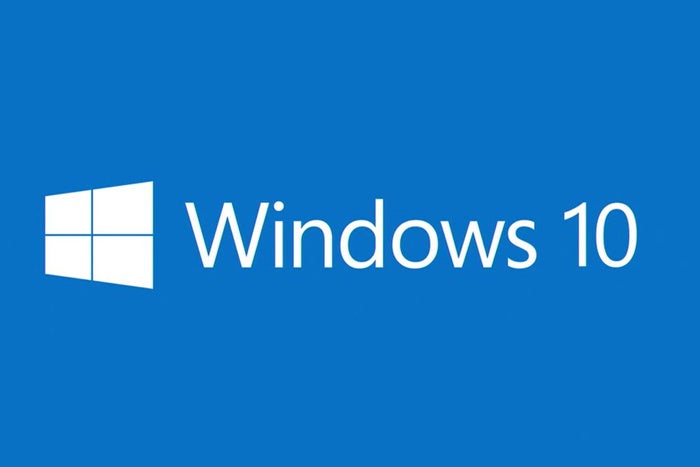
- Bad windows optional update woody leonhard update#
- Bad windows optional update woody leonhard windows 10#
Non-security updates should always be delayed by 35 days. So much so that Microsoft is taking a small step to ensure that technical/educated users can find an option to protect themselves from this problem.įolks, that needs to be the default.
Bad windows optional update woody leonhard windows 10#
So it’s a fact: Windows 10 updates are not reliable. That is rather amazing when you think about it. Why on earth would Microsoft let people delay updates otherwise?
Bad windows optional update woody leonhard update#
And that’s interesting, right? They are implicitly agreeing that my complaints about the update reliability issues are valid and true. In the post about build 15002, Microsoft never explains why they’ve added this feature. It’s like Microsoft is using this audience as guinea pigs who can test potentially buggy updates out in the wild and then suffer from problems because they’re too poor to buy a more expensive version of the OS.īut even the ability to pause updates for 35 days isn’t quite right. That’s bad … and, pointless: Why on earth would Home users be excluded from something like this? It’s not a premium feature. (And thanks to Mary Jo Foley for pointing out that nuance to me, buried as it was in the middle of a monster blog post.)

Or, as Microsoft’s Dona Sarkar put it, “this capability will be available on Professional, Education, and Enterprise editions of Windows.” So not Home.

And I’ve also had more time to think about it.įor starters, this feature will not be available to Windows 10 Home users. (Some updates, like those for Windows Defender, will of course continue to come through on the normal schedule, Microsoft notes.)”īut now that this feature is public, we know a bit more. “This should nicely answer complaints about the quality of newly-released updates, since the more pragmatic will be able to hold off until they’re proven safe. “Microsoft had previously promised to make Windows Update less painful, and proving how easy that can be, build 14997 includes a new Pause Updates option in Windows Update that lets you temporarily pause the delivery of new updates for up to 35 days,” I wrote at that time. This feature first appeared in Windows Insider Preview build 15002 this week, though it was also in a leaked build we discussed at the end of 2016. You are either getting updates or you’re not.īut to its credit, Microsoft is adding a feature in the Creators Update-in Windows 10 version 1703, that is-that will let you “pause” non-critical updates for up to 35 days.

And while I think it’s OK that we’ve crossed this line into a future where everyone needs to be kept up to date, my issue is that there’s no gray area. That is, when things are working properly, the update can go out faster, and when things are not, it can be scaled back.īut the problem with Windows 10 for far too many people, of course, is that they no longer have control over updates. The problem is so bad that I called on Microsoft to consider a formal Reliable Computing Initiative.īut the staged rollout of the buggy Anniversary Update provides some clues for a potential solution: By staging or delaying updates for normal users, Microsoft can gather real-world telemetry data as it goes, and this ever-growing body of information can inform the speed at which updates are deployed. As I noted in 2016 Was a Monster of a Year for Windows 10, Microsoft spent much of last year scrambling to fix the problems it created with its Windows as a service strategy.


 0 kommentar(er)
0 kommentar(er)
